Indigenous Farmers Turn to Kelp to Restore Waters and Reclaim Cultural Practices
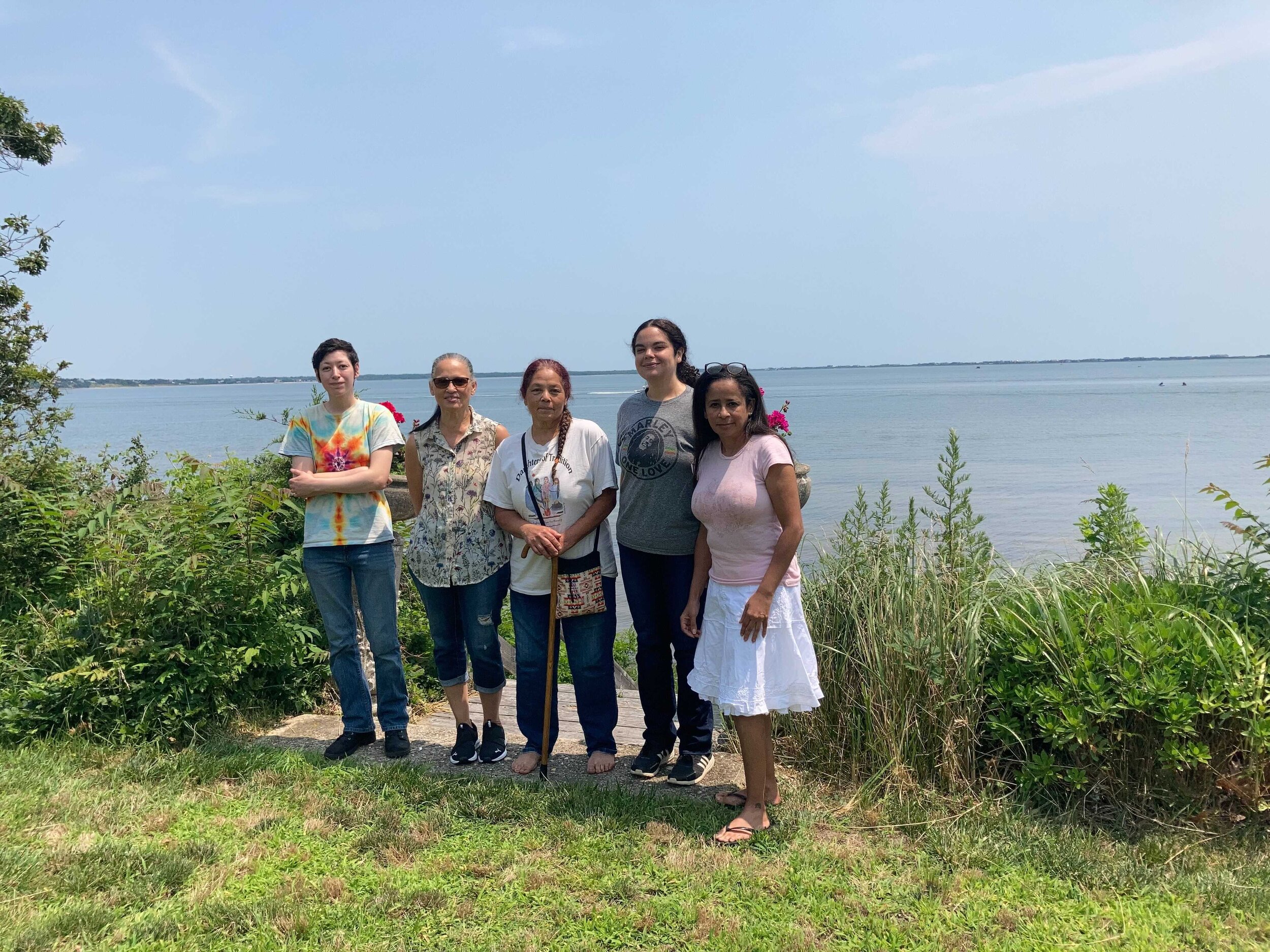
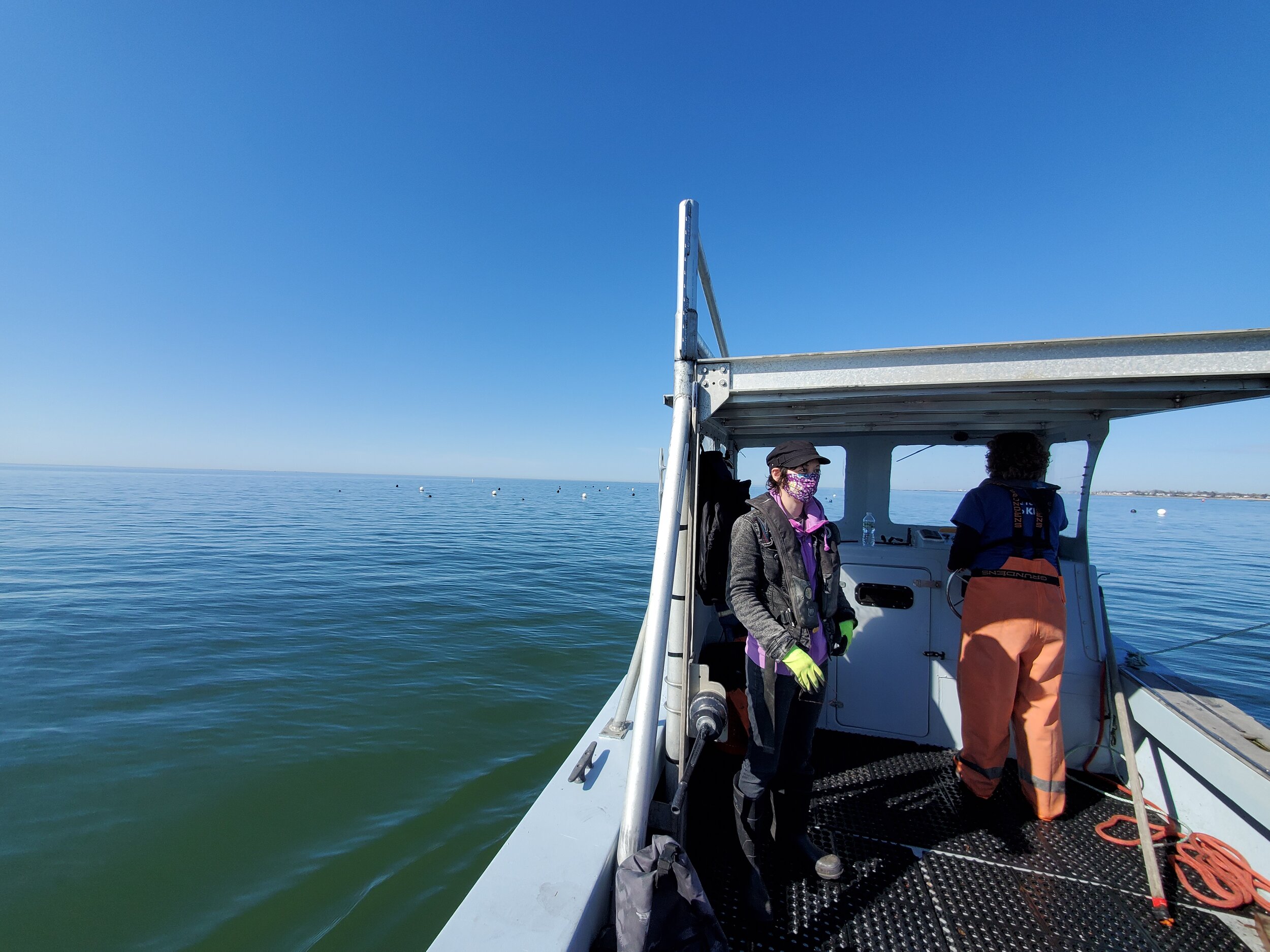
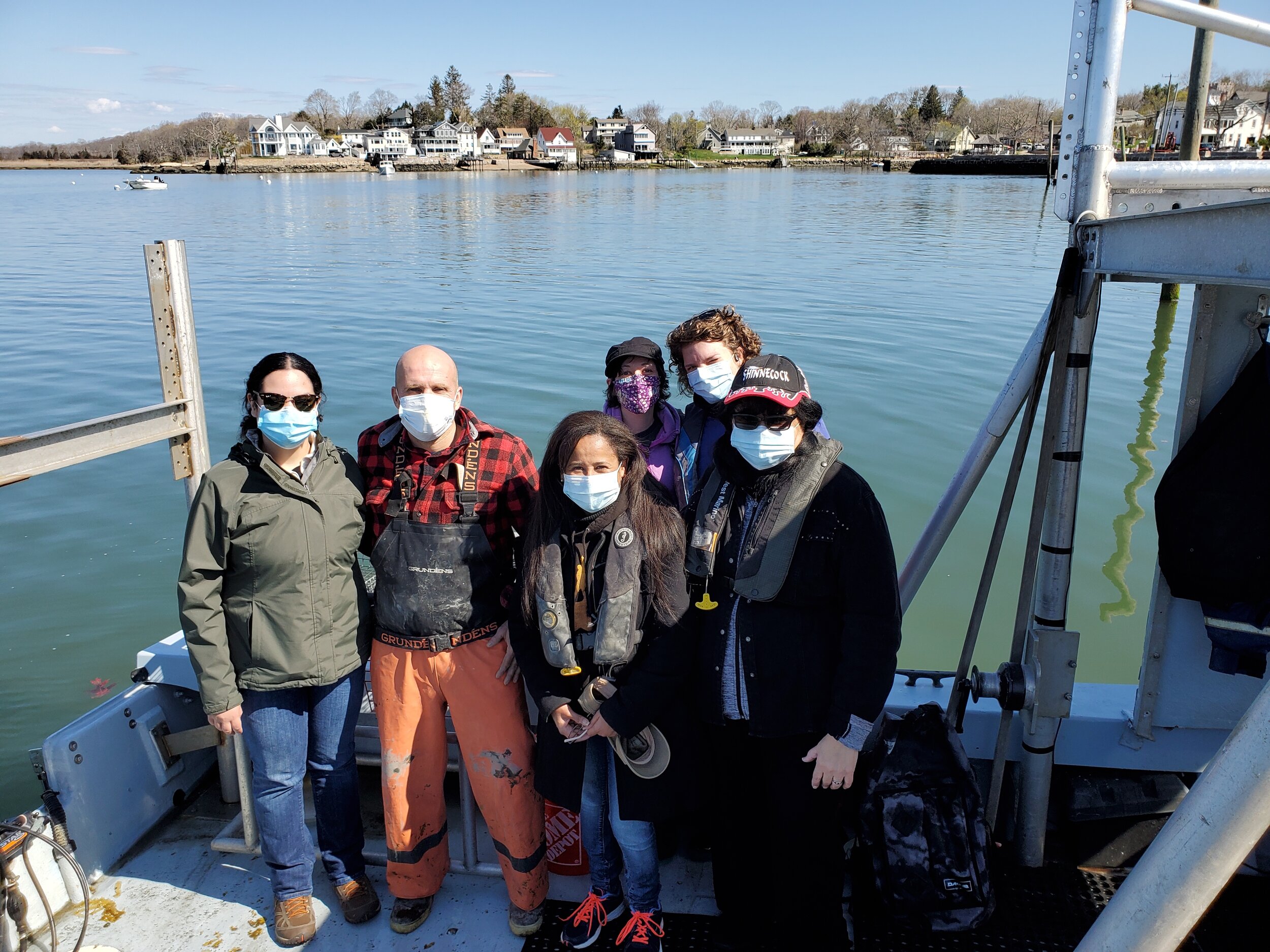
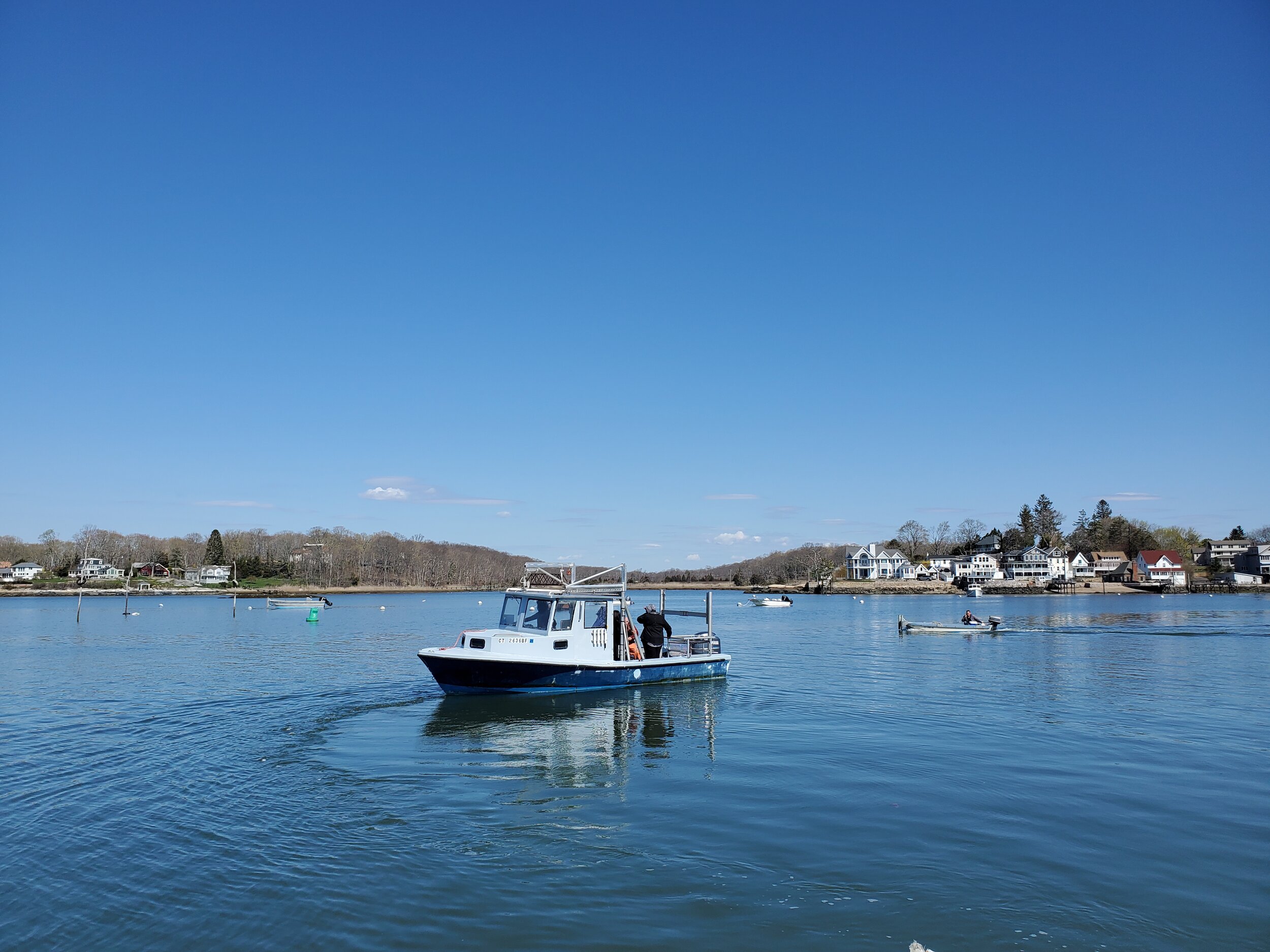
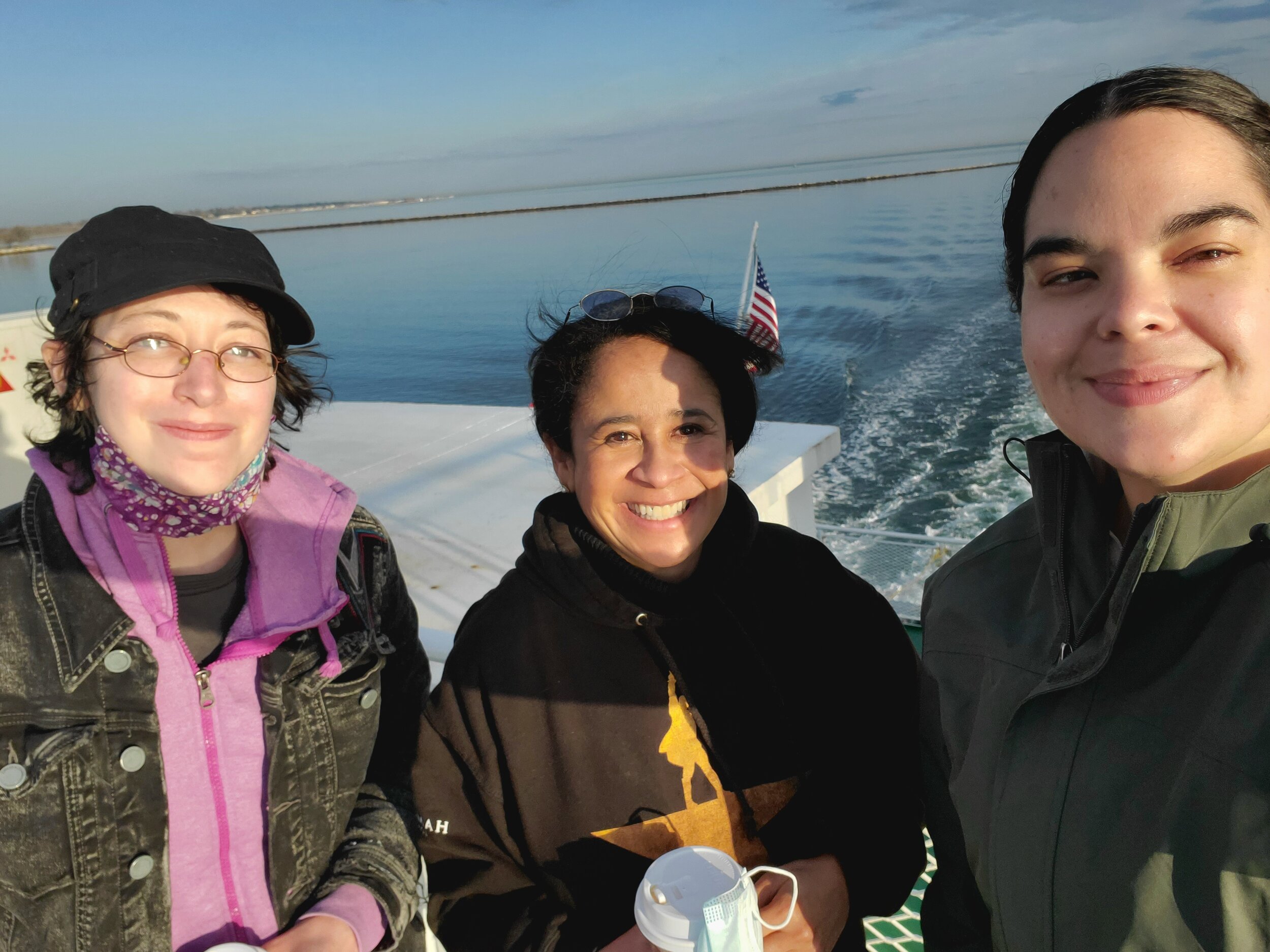
The Shinnecock Nation is inextricably linked to the ocean. Nestled between the Atlantic Ocean, Shinnecock Bay, and the nearby Peconic Bay, Shinnecock community life is centered on the Shinnecock Neck territory, an 800-acre peninsula in the Hamptons, New York. For thousands of years, the Shinnecock have relied on the water for subsistence, renowned for their skills as fishermen and clammers. They harvested shellfish from the bays and crafted the shells into wampum, cylindrical beads strung or woven together and used in political or spiritual ceremonies and as a medium of currency among Native communities in the northeast and later as the official currency of the colonies.
Today, the Shinnecock territory is particularly vulnerable to the threat of rising sea levels encroaching on their land and extreme Atlantic storms. In the face of the climate crisis, there is a new urgency to reclaim and restore the Shinnecock’s ancestral territory. Tela Troge is a member of the Shinnecock Nation and works towards tribal sovereignty as their attorney. "We’ve survived off the sea for 10,000 years, but now we can’t,” says Tela. “Tribal members working the water send back messages of mass die-offs and sparse harvests.”
The water quality and the species of plants and animals that depend on Shinnecock Bay have steadily declined over the past several decades. Recurring algal blooms disrupt the ecosystem by competing with fish, shellfish, and other species for resources like light and oxygen. Dr. Chris Gobler and his team of researchers at Stony Brook University report that the Shinnecock Bay clam fishery has declined by 99 percent since its peak in 1970. The recent human population and development boom in Southampton, New York, is a significant driver of the nutrient loading that feeds destructive algal growth in the Bay. “The area is too ecologically sensitive to handle further development to support this population increase,” says Tela.
Diving into Shinnecock case law dating back to early land transactions in the 1600s, Tela learned that the Shinnecock have always retained the right to use the water as a resource for hunting fish and gathering seaweed and shellfish. With a deep cultural connection to the water, Tela identifies as a water protector. “Water is life. Water sustains us. Though we’re not responsible for the destruction of the Bay, the Shinnecock feel an obligation to restore what’s been destroyed.”
In response, a multigenerational collective of six Indigenous women formed the Shinnecock Kelp Farmers to address these challenges. “These women work together to make social change. They have a vision for our community and a vision for future generations,” says Tela. “After keeping close tabs on the emerging kelp industry in New York and across the country, we decided kelp farming was right for our community.”
Kelp cultivation is a nature-based climate mitigation strategy that draws on the Shinnecock tradition of using seaweed. “We have long harvested and used seaweed to meet a range of our needs: it’s a source of vital nutrients and medicine, food in our clam bakes, fertilizer for our plants, and we’ve even used it as insulation for housing,” says Tela. Reclaiming this practice in the form of kelp cultivation in service of mitigating the devastating effects of overdevelopment by descendants of Colonizers generates a virtuous loop, repairing historical injustices through traditional practices. “Kelp is the fastest and most reasonable way to revive the Bay.”
This initiative is Indigenous-owned from seed to sale. Using a range of skills that exist within the community, the Shinnecock Nation is building the first Indigenous-owned and operated kelp hatchery on the east coast. “We have multifaceted capacity. We have tribal members with experience as oyster hatchery technicians ready to translate their skills to kelp. We have scuba divers ready to collect kelp for seed,” says Tela. The hatchery will ensure kelp seed sovereignty and ultimate control in each stage of the initiative. “We don’t want to be dependent on others,” says Tela.
The Shinnecock Kelp Farmers are partnering with GreenWave to provide technical assistance and intensive market development work in the early years of the project. “We’ve already gotten a lot of support. Earlier this year, we visited the GreenWave farm and hatchery and completed the hatchery training series,” says Tela.
GreenWave is investing staff capacity and financial resources in establishing a hatchery and compensating Shinnecock Kelp Farmers to operate it and farm the seed produced. Other key partners include the Sisters of Saint Joseph in Brentwood, New York, who are hosting the group’s hatchery and figuring out additional ways to use their grounds to support the group’s future kelp farming expansion.
Last winter, the Shinnecock Kelp Farmers launched test lines at potential farm sites to assess viability. This fall, they will continue their hatchery training, establish a pilot hatchery, deploy additional kelp lines to build Shinnecock expertise and capacity to increase farm and hatchery activities in 2022.
Recognizing the impact of exploitative and extractive economic practices on the community and the environment, the Shinnecock Kelp Farmers are organizing a worker cooperative that values people and the planet. These farmers will grow seaweed to improve water quality in Shinnecock Bay and process the harvest into fertilizer to be used on local golf courses, universities, and the landholdings of the Sisters of Saint Joseph. They determined that fertilizer would not only address the nutrient runoff from these institutions but also avoid additional carbon emissions generated by importing fertilizers. “Developing an Indigenous-owned alternative to conventional fertilizer is a win-win for the producer and consumer,” Tela says.
“This partnership with GreenWave and the Sisters of Saint Joseph Brentwood, is an actionable, creative solution to build meaningful networks to rebuild the marine habitat and replenish the Bay as a resource for the Shinnecock,” says Tela. “As the kelp farms expand, the habitat will expand.”
GreenWave is excited to support the Shinnecock Kelp Farmers restore economic and ecological balance in their territory.
